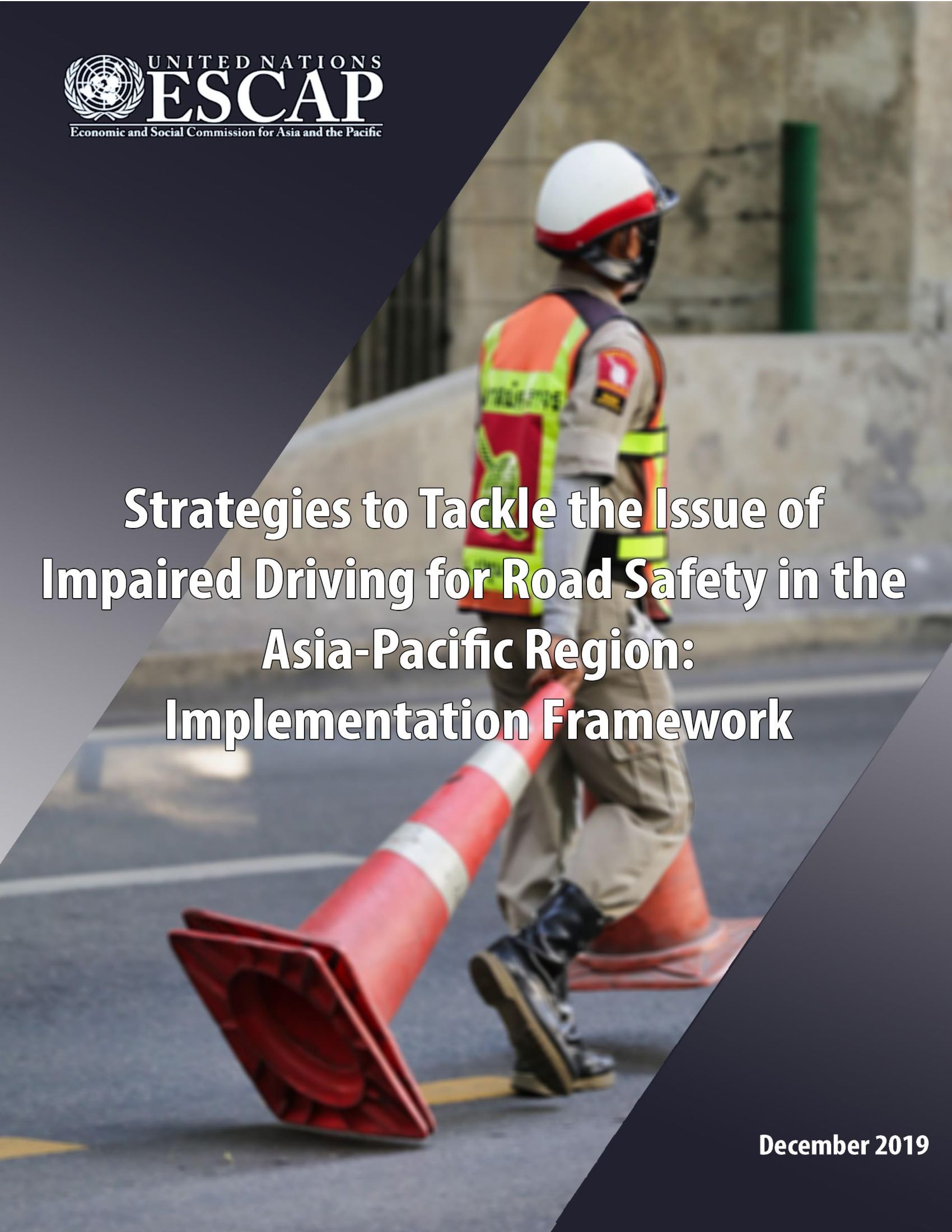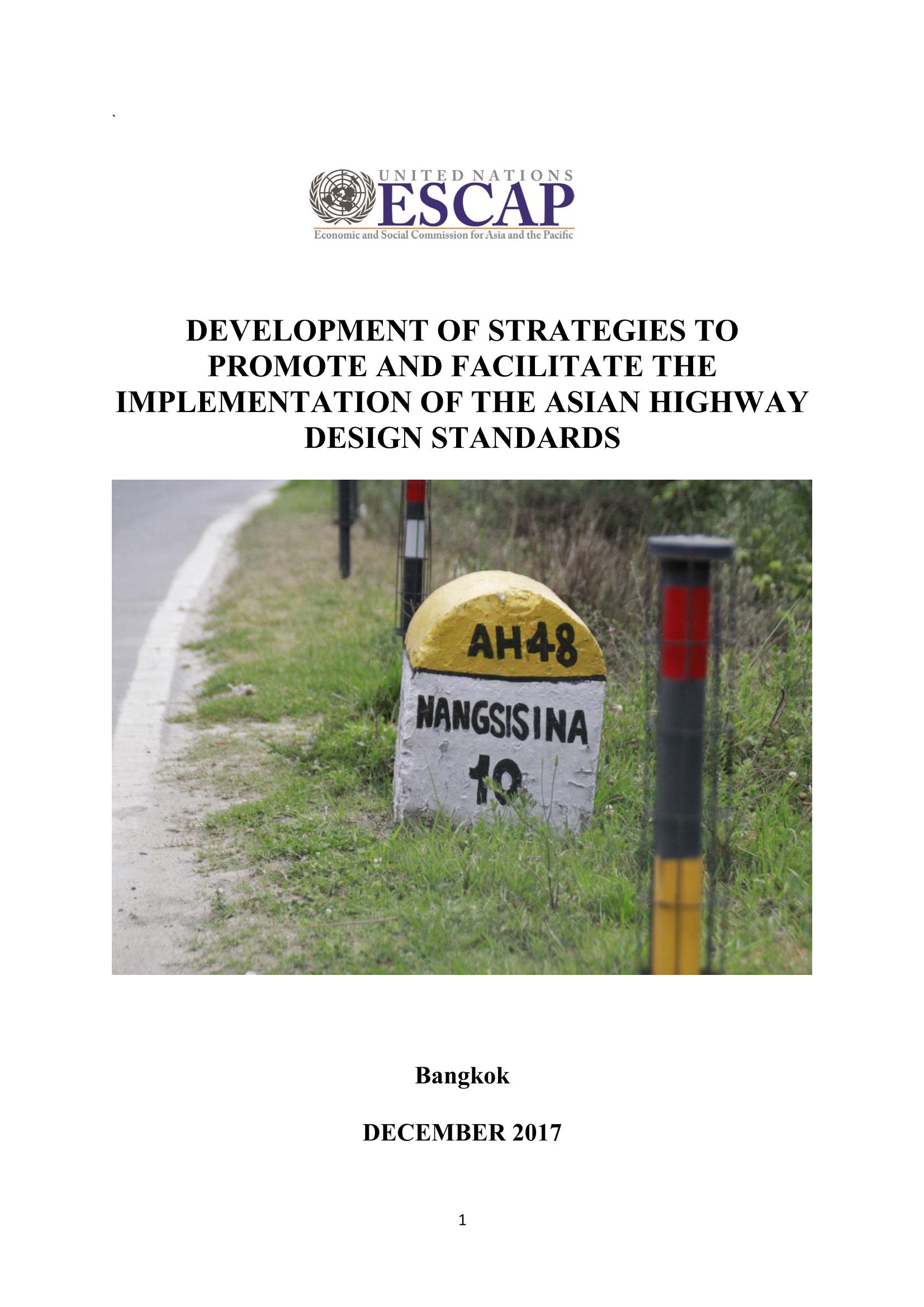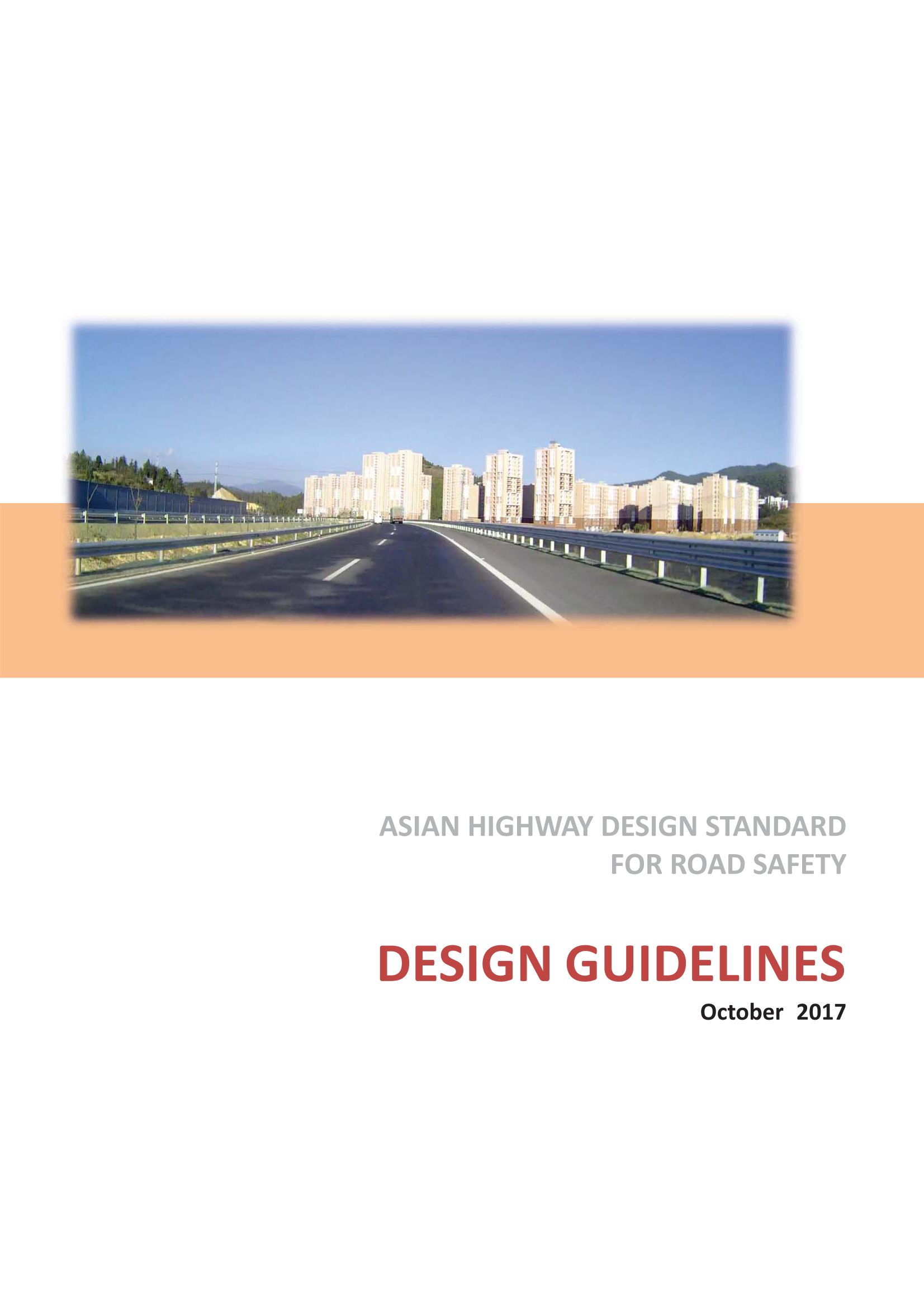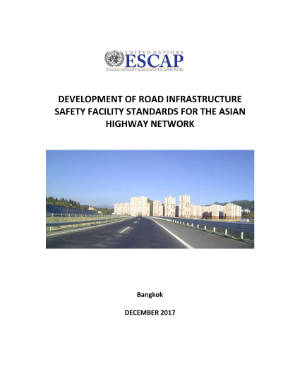Cost of Fatalities and Serious Injuries Cost as % of country GDP
Road accidents inflicts high economic costs. This ratio considers economic costs of road accidents with GDP (SEC-SEG-001).
Deaths by Road User Category - motorised 2/3W
Cost of Fatalities and Serious Injuries
Road accidents inflicts high economic costs. This indicator reports economic costs of road accident injuries in USD.
Global Meeting of Regional Road Safety Observatories
E-Survey of Road Users’ Attitudes (ESRA) - India Country Fact Sheet

ESRA (E-Survey of Road Users’ Attitudes) is a joint initiative of road safety institutes, research centres, government departments, and private sponsors, from all over the world. The aim is to collect and analyse comparable data on road safety performance, in particular road safety culture and behaviours for policy measures.
The ESRA data collected is used as a basis for a large set of road safety indicators. It provides scientific evidence for policy measures at national and international levels. Vias institute in Brussels (Belgium) initiated and coordinates ESRA, in cooperation with eleven core group partners. At the heart of ESRA is a jointly developed questionnaire survey, which is translated into national language versions. The themes covered include: self-declared behaviour, attitudes and opinions on unsafe traffic behaviour, enforcement experiences and support for policy measures. The survey addresses different road safety topics (e.g. driving under the influence of alcohol, drugs and medicines, speeding, distraction) and targets car occupants, motorcycle and moped drivers, cyclists and pedestrians.
This country fact sheet contains key results of the second edition of the ESRA survey, which was conducted simultaneously in 32 countries in 2018. In total this online panel survey collected data from more than 35 000 road users (1035 in India).
Strategies to Tackle the Issue of Impaired Driving for Road Safety in the Asia-Pacific Region: Implementation Framework

Road Safety is a sustainable development challenge for the member countries of the Economic and Social Commission for Asia and the Pacific (ESCAP). In 2016, approximately 1.35 million people were killed in road crashes globally. The economic and social consequences of this are enormous. In recent years, road safety has been receiving greater attention from the international community, and in 2010, the General Assembly proclaimed the period from 2011 to 2020 as the Decade of Action for Road Safety. The global commitment to road safety was further strengthened by the General Assembly through the adoption of resolution 70/1 on 25 September 2015 of the 2030 Agenda for Sustainable Development, as reflected in targets 3.6 (by 2020 halve the number of global deaths by road accidents) and 11.2 (by 2030, provide access to safe, affordable, accessible and sustainable transport systems for all, improving road safety, notably by expanding public transport, with special attention to the needs of those in vulnerable situations, women, children, persons with disabilities and older persons) of the accompanying Sustainable Development Goals.
Road safety has been a major concern in Asia and the Pacific, as 60 per cent of global road deaths in 2016 occurred in the region. In line with the trend globally, road safety has received greater attention from high- level policymakers among ESCAP member countries. At the Ministerial Conference on Transport, at its third session, held in Moscow from 5 to 9 December 2016, the Asia-Pacific transport ministers renewed their commitments towards improving road safety by adopting the Ministerial Declaration on Sustainable Transport Connectivity in Asia and the Pacific, which was endorsed by the Commission in it its resolution 73/4 of 19 May 2017. Under this resolution, members and associate members of ESCAP have been encouraged in meeting their commitments under the Decade of Action for Road Safety (2011-2020) and 2030 Agenda for Sustainable Development.
Notably, road traffic deaths in the ESCAP region declined from 777,016 in 2010 to 733,541 in 2013, and then increased to 812,172 in 2016. The South and South-West Asia subregion accounted for 48.13 per cent of the road deaths.
Development of Strategies to Promote and Facilitate the Implementation of the Asian Highway Design Standards

The Asian Highway Network is a coordinated plan for the development of highway routes of international importance with a view towards promoting and developing international road transport in the region. Since the Asian Highway network was adopted in 2003, it has already played a pivotal role in assisting member countries in improving intercountry and interregional transport links.
The Asian Highway classification and design standards provide the minimum standards and guidelines for the construction, improvement and maintenance of Asian Highway routes. According to the Intergovernmental Agreement on the Asian Highway network, Parties shall make every possible effort to implement the design standards. However, the quality of the Asian Highway network across member countries is uneven. The latest 2017 updates show that to date about 9,176 km, i.e.7.25 per cent, of the network do not yet meet the minimum desirable standards. An ESCAP estimation shows that upgrading different classes of the Asian Highway network to higher quality standards needs a considerable amount of investment estimated at US$ 51.4 billion in 2017.
A survey was conducted by the ESCAP secretariat to study status of implementation of the Asian Highway design standards in the member countries in June 2017. The survey results indicated that member countries encounter several challenges to implement the Asian Highway design standards. Lack of funding is the most critical challenge. Lack of awareness as well as lack of planning and coordination also hinder the development of the routes as well as implementation of the Asian Highway design standards.
Asian Highway Design Standard for Road Safety: Design Guidelines

This document consists of recommended guidelines related to the “Asian Highway Design Standard for Road Safety” to the Intergovernmental Agreement on the Asian Highway Network.
While the guidelines are not mandatory in nature, the member countries of the Asian Highway network are encouraged to refer to the principles and recommendations given in the document for new road projects and improvements of existing sections of Asian Highway routes under their jurisdiction.
Due to the diverse circumstances of the Asian Highway Network, the adoption of particular recommendations would need to take into account prevailing social, economic and technical considerations.
In all cases, sound engineering skills are required to formulate specific solutions to address project issues which could be complex in reality. Flexibility and innovations are desirable as far as safety performance is not undermined and consistency is reasonably maintained.
This document does not necessarily reflect the view of the United Nations Economic and Social Commission for Asia and the Pacific (UNESCAP).
Development of Road Infrastructure Safety Facility Standards for the Asian Highway Network

Road safety is a sustainable development issue that needs greater attention as road traffic fatalities and injuries place a significant burden on national economies. The Asia-Pacific region accounted for 58% of the global road traffic deaths in 2013. Between 2010 and 2013, while 16 Asian Highway member countries were successful in reducing road fatalities, others failed to do so. The seventh Goal of the “updated Regional Road Safety Goals and Targets for Asia and the Pacific, 2016-2020” emphasizes on developing the Asian Highway network as a model of road safety.
Studies show a strong correlation between infrastructure design and road safety and road engineering and design can influence the severity of the crashes. In this regard, the Annex II to the Intergovernmental Agreement on the Asian Highway Network which entered in to force on 4 July 2005 includes design standards for the Asian Highway Network. However, the design standard does not provide adequate guidance on road infrastructure safety facilities.
As one of the initiatives to address the road safety problem on the Asian Highway Network, the ESCAP secretariat, in association with the Korea Expressway Corporation conducted a study on the development of technical standards on road infrastructure safety facilities for the Asian Highway Network. A detailed literature review on existing standards for infrastructure element design and specification to address road safety in the Asian Highway member countries and other international sources was conducted. A list of 36 road infrastructure safety facilities was prepared. Detailed information on road infrastructure safety practices was collected from five participating countries. A survey was conducted to assess the prevalence, types and design standards of road safety facilities in the Asian Highway member countries in end 2015. The international road assessment programme (iRAP) methodology was used to illustrate how relative risk levels would change if road infrastructure safety facilities were added to the existing Asian Highway standard. It could be concluded that there is potential to promote the use of a broader range of road infrastructure safety facilities for the Asian Highway Network.
The study suggested that the Intergovernmental Agreement on the Asian Highway Network provides an adequate institutional platform for providing guidance to member countries in a number of areas and could further be used for promoting a coordinated approach to the development and adoption of standards of road infrastructure safety facilities. The study emphasizes on providing guidance to the Asian Highway member countries through a dedicated new annex to the Intergovernmental Agreement on the Asian Highway Network. In this regard, proposed mandatory minimum design standards of road infrastructure safety facilities for the Asian Highway Network which could serve as a draft Annex II bis “Asian Highway Design Standards for Road safety” to the Intergovernmental Agreement on the Asian Highway Network; and related design guidelines of road infrastructure safety facilities which could serve as a recommended practice for the Asian Highway Network have been developed. The study recommended the Asian Highway member countries to consider adopting and implementing technical design standards of road infrastructure safety facilities towards improving road safety on the Asian Highway Network.
Using data to improve women's safety in cities, transport
